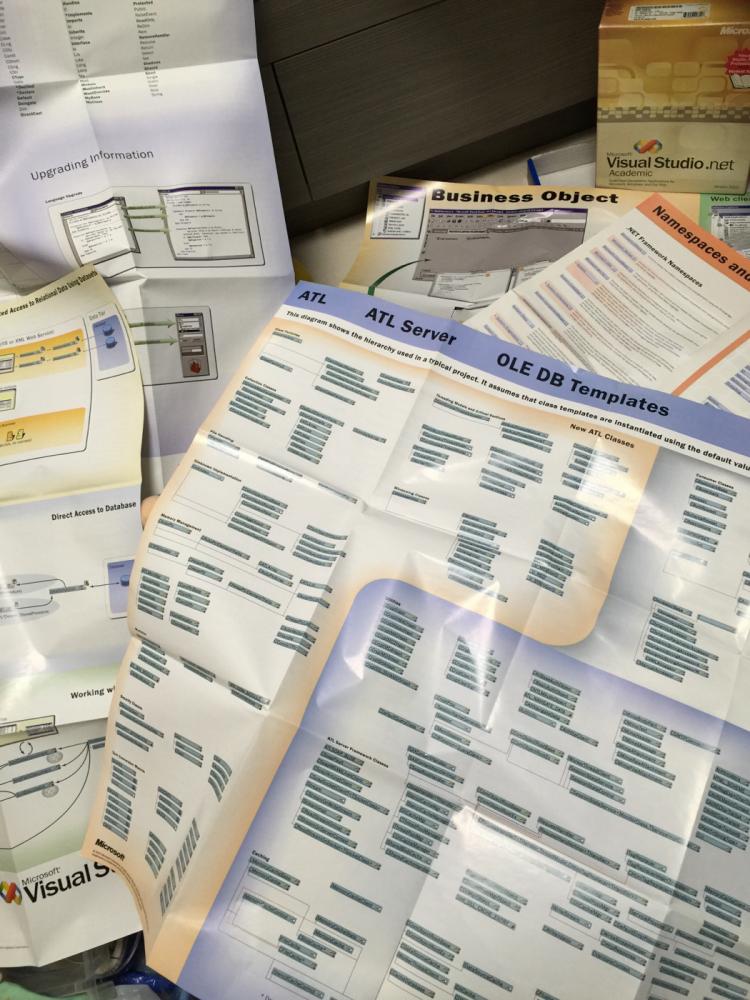. Part of the book series (ACIM, volume 20) Abstract We have been working towards the development of meaningful computer models for building imaging sonar systems and the external environment in which they operate 1–5.
Sonar Simulation Toolkit Bluefin- 2. 1 Autonomous Underwater Vehicle (AUV)Bluefin- 2. AUV) developed by Bluefin Robotics, is designed to operate from a range of. This paper presents a Universal High Resolution Imaging Sonar Simulation Toolkit which is a software development tool for building imaging sonar simulators operating in a variety of underwater scenarios. They can be used in several unprecedented simulation applications like designing and testing the performance of sectorscan and sidescan sonar.
This paper presents a Universal High Resolution Imaging Sonar Simulation Toolkit which is a software development tool for building imaging sonar simulators operating in a variety of underwater scenarios. They can be used in several unprecedented simulation applications like designing and testing the performance of sectorscan and sidescan sonar systems, tracking of underwater vehicles, underwater vehicle navigation, object search and location on the sea bed, obstacle avoidance etc. The toolkit could also be used to simulate an animated sequence of images during a particular “run” along a user selectable path/route in a 3D bounded ocean volume. The Toolkit is kept flexible and modular and to enable a user to build a wide variety of applications simply and quickly, the programs have been interfaced to X11 Window System.

The user interface has been written using low level Xlib routines so that it can run on many types of workstations without changes. The application program has two major modules. In the 3D ocean scenario module, the user can create a number of moving and stationary objects and position them anywhere in the ocean volume with different types of sea bottom (flat, sloping and a few complex 3d surfaces). Once the 3D scene is generated, the module computes the visible coordinates using a new algorithm for the removal of hidden/occluded surfaces.
Sonar Animation
The second module is the acoustic imaging sonar module which can model sectorscan/sidescan sonar, acoustic shadows, terrain shadows in case of non-flat surface, specular reflection, receiver array geometry, number of receiver elements, receiver beam pattern, overlapping beams, absorption and transmission loss, bottom reverberation, ambient noise, target strength etc. The toolkit provides 3d acoustic sectorscan sonar images (bearing, elevation and range) and 2d acoustic sidescan images (bearing and range).
Soft actuators are an integral component of soft robotic systems. Although the scalability, customizability, and diversity of soft pneumatic actuators (SPA) are widely recognized, comprehensive techniques for modeling and designing soft actuators are lacking. Characterizing and predicting the behavior of soft actuators is challenging due to the nonlinear nature of the materials used and the large range of motions they produce. In this work, mathematical tools and new design concepts are employed to improve the performance of these actuators compared to existing designs. A comprehensive, cohesive, and open-source for soft actuators using the finite element method (FEM) has been developed, readily compatible with and extensible to a diverse range of soft materials and design parameters. This design tool can enable the generation of improved predictive models that will help us to rapidly converge on new and innovative applications of these soft actuators. Table showing SPA applications in assistive wearable devices for biomedical assistance along with corresponding design requirements, achievable using the modeling and design tool presented. Thorough characterization of the hyperelastic and viscoelastic behavior is illustrated using a sample soft material (Ecoflex 0030), and an appropriate material constitutive law.
SPA performance (displacement and blocked-force) are simulated for two types of SPA and validated with experimental testing. Real-world case studies are also presented in which SPA designs are iteratively optimized through simulation to meet specified performance criteria and geometric constraints. Numerical simulation results using Finite Element Analysis (FEA) for soft actuators in bending and l inear motion.
Simulations predict motion-force profiles obtained with the actuators, enabling the design of more efficient systems. The videos below show simulations developed using the FEM for soft pneumatic actuators in linear and bending motion.

In these simulations, the soft actuator core is covered with a stiffer shell structure that has a pre-specified pattern on it to guide the motion of the actuator along a prescribed trajectory.





